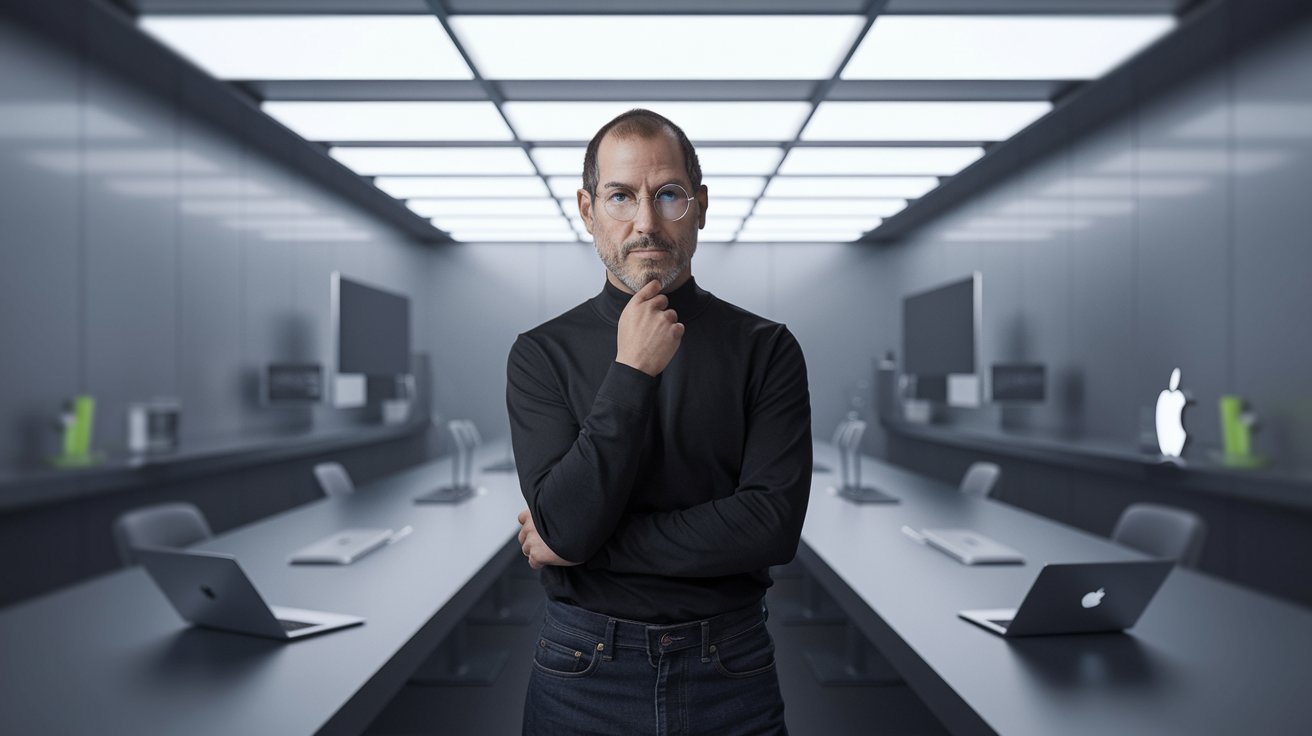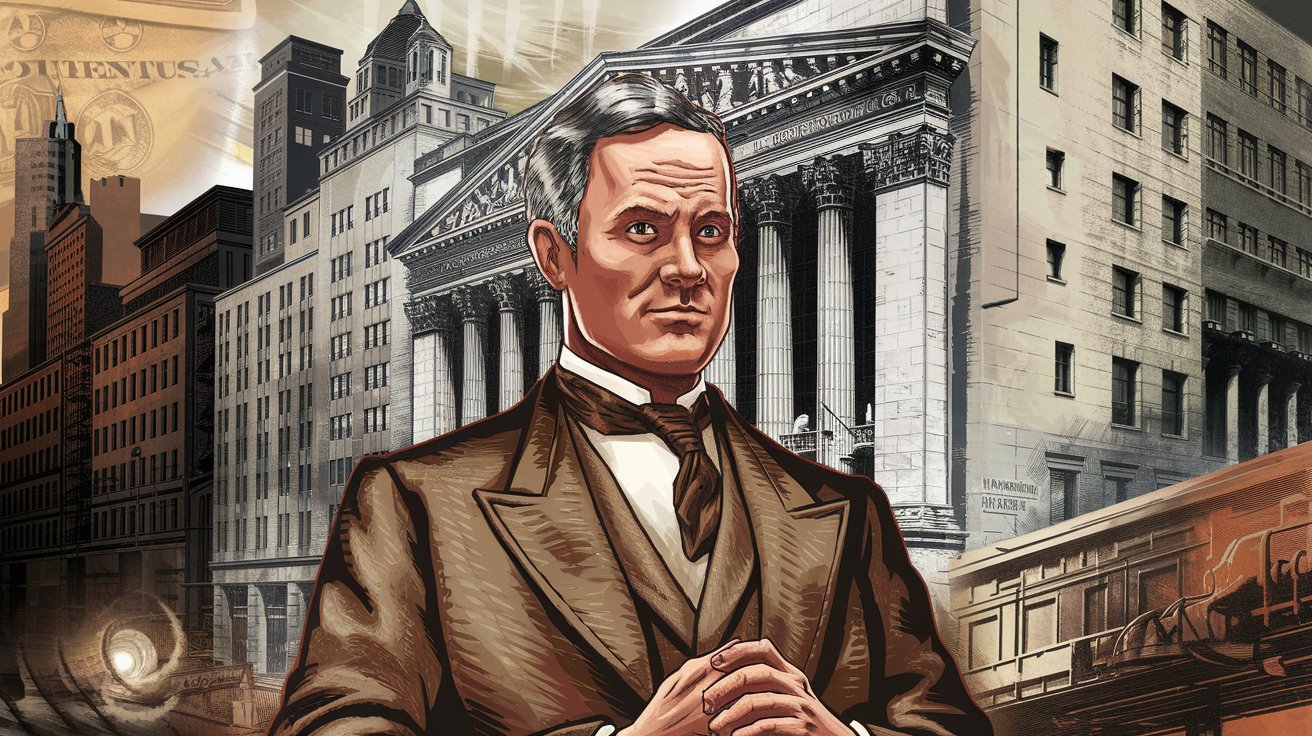Steve Jobs, co-founder of Apple Inc., is one of the most celebrated visionaries in business history. Known for his relentless drive, innovation, and transformation of technology, Jobs’ journey is filled with valuable lessons for aspiring entrepreneurs and business leaders. This article explores his life, his struggles, his achievements, and the key takeaways that make his story a blueprint for success.
Early Life and Background
Steve Jobs was born on February 24, 1955, in San Francisco, California, and was adopted shortly after by Paul and Clara Jobs. Growing up in Silicon Valley, Jobs was naturally curious about electronics and developed a strong interest in technology early on. His intelligence and rebellious nature set him apart from others, making him both a gifted and challenging student. After high school, he enrolled at Reed College but dropped out after just six months, feeling uninspired by the conventional education system.
During this period, Jobs sought meaning in life, exploring spirituality and alternative lifestyles. Despite his unconventional path, his early experiences taught him resilience and reinforced his independent thinking, qualities that would prove essential in his future success.
The Birth of Apple: Where It All Started
Meeting Steve Wozniak and the First Apple Computer
In 1976, Jobs teamed up with Steve Wozniak, a brilliant engineer he met through mutual friends, to create the first Apple computer. Together, they founded Apple Computer, working out of Jobs’ garage. The Apple I was their first product, and its success paved the way for their next major project, the Apple II. This second model was groundbreaking—it was the first personal computer with a color display and a user-friendly interface, making it accessible to a wider audience.
The success of the Apple II helped Apple Inc. go public in 1980, instantly turning Jobs and Wozniak into millionaires. Apple quickly became a household name, setting the stage for Jobs’ future innovations.
Struggles and Setbacks
The Ouster from Apple
By 1985, despite his early successes, Jobs faced significant challenges at Apple. His intense personality and high expectations led to conflicts with Apple’s board and then-CEO, John Sculley. Tensions grew, and eventually, Jobs was forced to leave Apple, the very company he had co-founded. This was a devastating blow, but it ultimately marked a turning point in his career.
In Jobs’ words, being fired from Apple was one of the best things that could have happened to him. Though he felt humiliated, it allowed him the freedom to rebuild himself and pursue other projects that expanded his skills and vision.
The Creation of NeXT and Pixar
After leaving Apple, Jobs went on to create NeXT Inc., a technology company focused on creating high-end computers. Though NeXT did not achieve massive commercial success, its innovative operating system and software design impressed industry experts, including Apple.
Around the same time, Jobs invested in a small animation company called Pixar. Under his leadership, Pixar created the first fully computer-animated film, Toy Story, which became a major success. This venture not only solidified Jobs’ role as a tech visionary but also revealed his talent for creative business strategies.
The Comeback and Success Story
Returning to Apple and Launching Revolutionary Products
In 1997, Apple acquired NeXT, bringing Jobs back to the company. Apple was struggling, facing low sales and dwindling public interest. Jobs was rehired as interim CEO, and he quickly implemented drastic changes. He streamlined Apple’s product line, reducing it to a handful of key products and pushing the company to focus on innovation.
This second phase of Jobs’ career was marked by a series of revolutionary products: the iMac, iPod, iPhone, and iPad. Each new product was a testament to Jobs’ unique approach to design and functionality. He emphasized simplicity, elegance, and seamless user experience, qualities that turned these devices into cultural icons.
Under Jobs’ leadership, Apple transformed from a struggling computer manufacturer to one of the world’s most valuable brands. The success of the iPhone alone changed the face of the mobile industry, and Jobs’ relentless pursuit of perfection ensured Apple’s products continued to stand out in the market.
Building the Apple Ecosystem
One of Jobs’ greatest achievements was creating the Apple ecosystem, where devices, software, and services worked seamlessly together. This approach led to a loyal customer base, willing to invest in multiple Apple products because of their compatibility and ease of use. By integrating hardware and software, Jobs built an ecosystem that became an industry standard and is still emulated by other companies.
Top Lessons from Steve Jobs
1. Believe in Your Vision
Jobs was known for his unwavering belief in his ideas. Even when others doubted him, he remained committed to his vision, pushing boundaries and challenging norms. His journey demonstrates that believing in your vision, even against the odds, is essential for innovation.
Takeaway: Trust your ideas, and don’t be afraid to pursue them even if the path seems unconventional.
2. Focus on Quality and Simplicity
Jobs was meticulous about design and quality. He believed in creating products that were not only functional but also beautiful and easy to use. By focusing on simplicity, he made technology accessible to everyone.
Takeaway: Quality and simplicity are often more valuable than complexity. Focus on creating something that people genuinely enjoy using.
3. Embrace Failure as a Stepping Stone
Jobs’ ouster from Apple could have ended his career, but instead, he used it as a learning experience. His work at NeXT and Pixar allowed him to hone new skills, ultimately contributing to his success when he returned to Apple.
Takeaway: Failure is not the end. Use setbacks as opportunities to learn, grow, and come back stronger.
4. Prioritize Innovation and Adaptability
Jobs’ success lay in his commitment to innovation. He constantly pushed Apple to adapt, evolve, and offer new products that set trends rather than follow them.
Takeaway: In business, staying stagnant can be risky. Embrace change and keep innovating to stay relevant in a competitive market.
5. Build a Loyal Community
Jobs understood that customer loyalty is key to long-term success. By creating an ecosystem of interconnected products, he cultivated a fan base that remained loyal to Apple.
Takeaway: Focus on building relationships with customers. A loyal customer base can become your greatest asset.
Conclusion: The Legacy of Steve Jobs
Steve Jobs’ journey from a college dropout to a tech visionary is an inspiring story of resilience, innovation, and transformation. Through his hard work, dedication, and unwavering focus on excellence, he revolutionized technology and left a lasting impact on the world. His story is a testament to the power of believing in your vision, learning from failure, and striving to create something meaningful.
For anyone looking to make their mark in business, Steve Jobs’ life offers invaluable lessons. Embrace your uniqueness, stay committed to quality, and remember that setbacks are often a stepping stone to greater success. Steve Jobs’ legacy continues to inspire millions, showing us that with vision, determination, and innovation, anything is possible.




